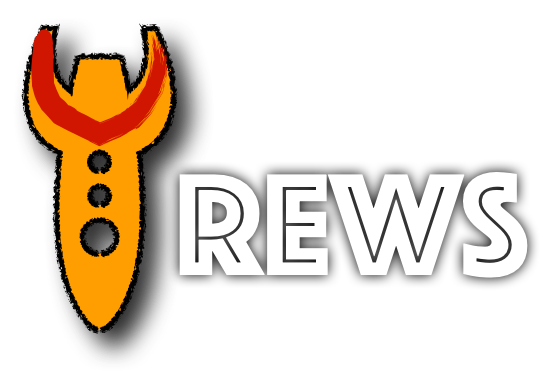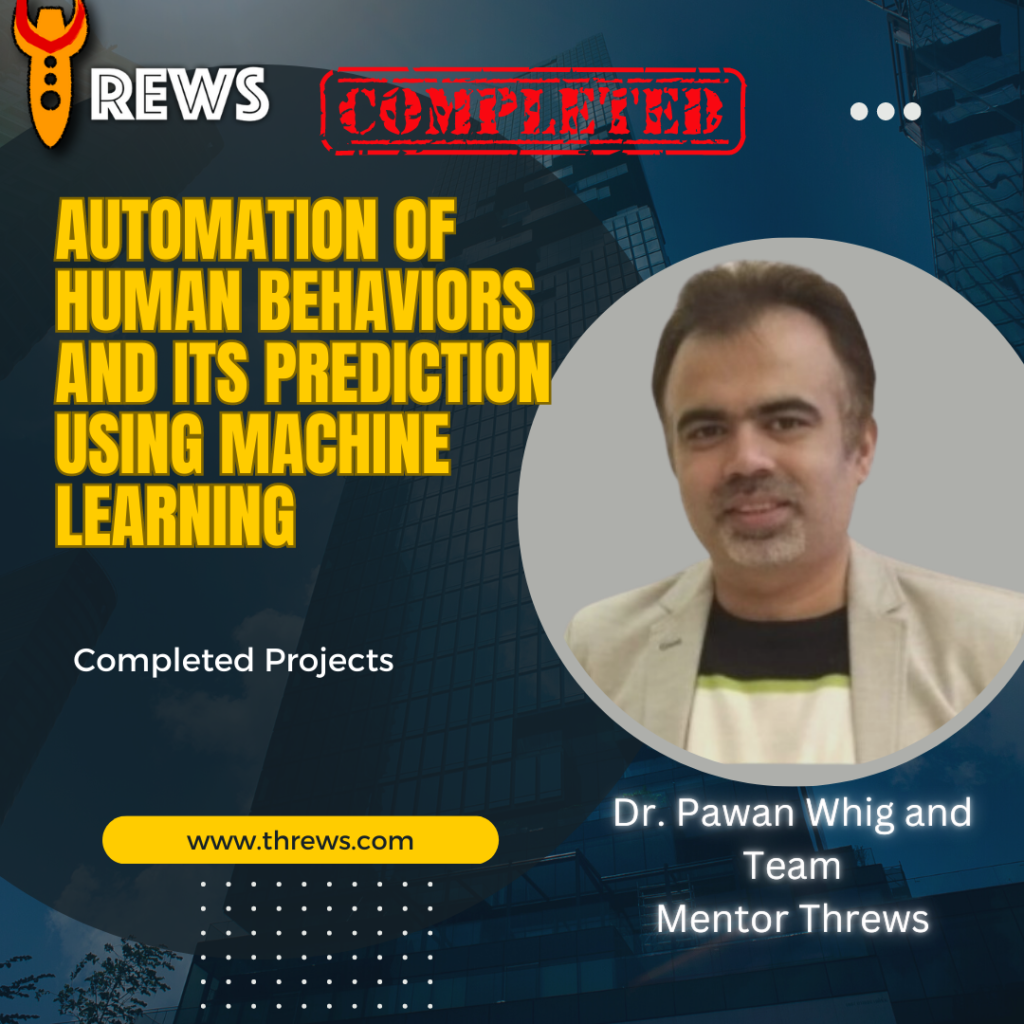Automation of human behaviors and its prediction using machine learning is a fascinating topic that has gained a lot of attention in recent years. With the proliferation of data and advanced algorithms, it is now possible to automate and predict human behaviors with a high degree of accuracy. In this blog, we will discuss the concept of automation of human behaviors, its applications, and how machine learning is used to predict and automate human behaviors.
What is Automation of Human Behaviors?
Automation of human behaviors refers to the use of technology to mimic or replace human actions. This can be achieved through various means such as robots, artificial intelligence, and machine learning algorithms. Automation of human behaviors has become increasingly prevalent in industries such as manufacturing, healthcare, and finance, where repetitive tasks can be automated to increase efficiency and reduce costs.
Applications of Automation of Human Behaviors
Automation of human behaviors has numerous applications across various industries. In healthcare, robots are being used to perform surgeries and assist with patient care. In manufacturing, robots are being used to assemble products and perform quality control checks. In finance, algorithms are being used to automate trading and risk management.
Automation of human behaviors also has applications in the field of transportation. Autonomous vehicles are being developed that can drive themselves without human intervention. This has the potential to revolutionize transportation, making it safer and more efficient.
Machine Learning and Prediction of Human Behaviors
Machine learning is a subset of artificial intelligence that focuses on the development of algorithms that can learn from data and make predictions. Machine learning is used to predict human behaviors by analyzing large datasets of historical data. By analyzing past behavior, machine learning algorithms can identify patterns and make predictions about future behavior.
One of the key applications of machine learning in predicting human behavior is in the field of marketing. By analyzing consumer behavior data, machine learning algorithms can predict future purchasing behavior and help companies target their marketing efforts more effectively.
Machine learning is also used in predicting criminal behavior. By analyzing data on past criminal behavior, machine learning algorithms can identify patterns and predict the likelihood of future criminal behavior.

In NutShell
Automation of human behaviors and its prediction using machine learning has numerous applications across various industries. From healthcare to finance to transportation, automation of human behaviors has the potential to increase efficiency and reduce costs. Machine learning algorithms are used to analyze large datasets and make predictions about future behavior. As technology continues to advance, it is likely that automation of human behaviors and prediction using machine learning will become even more prevalent in our daily lives.
Abstract
Prediction is a method of detecting a person’s behavior toward online buying by evaluating publically available evaluations on the web. Understanding expressive human communication involves a simultaneous examination of speech and gestures since human behavior is communicated through a combination of verbal and nonverbal channels. Machine learning algorithms are utilized in this work to extract evaluations from the net and categorize these into five classes, namely, highly favorable, favorable, neutrality, bad, and strongly negative, for the prediction of human behavior. A person’s behavior is analyzed, and the experimental comparison is made to machine learning methodologies. Numerous classifiers are employed on manuscript transcripts in this work to determine the accuracy, exactness, recollection, and f1-score, which are also represented in terms of muddle matrices. In this research studies a new technique is proposed using Ludwig classifier and it has been discovered that deep learning employing the Ludwig classifier achieves near-perfect accuracy about 99.9%. The outcomes are presented to demonstrate the preceding point.
Available at: https://link.springer.com/article/10.1007/s00542-022-05326-4
In case you need a free copy of the same write back to us at contact@threws.com
#automation #machinelearning #predictiveanalytics #AI #technology #dataanalysis #datascience #humanbehavior #robotics #healthcare #manufacturing #finance #transportation #marketing #criminaljustice #efficiency #costreduction #futuretech

